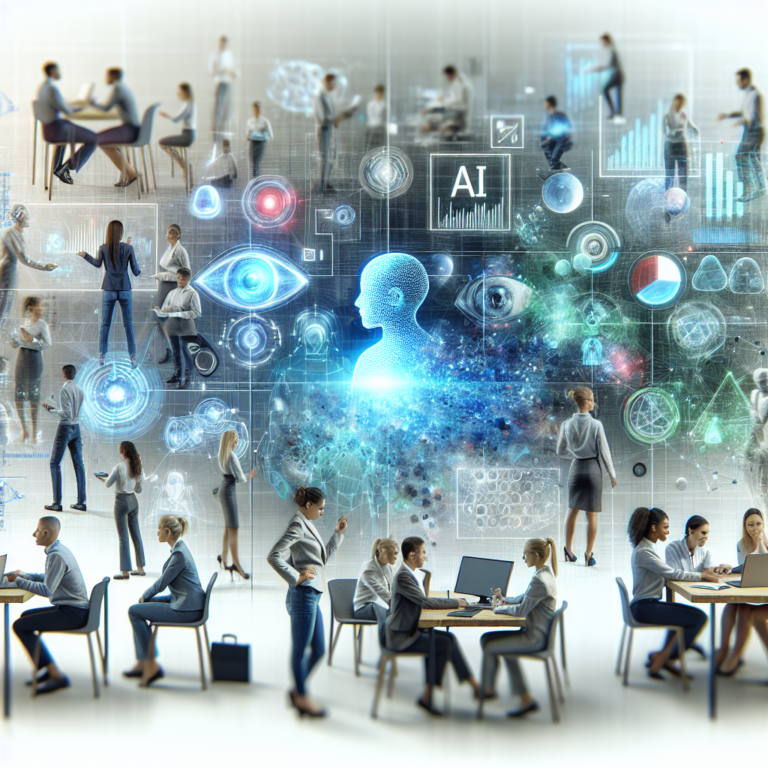Unlocking AI Integration Challenges: IT Leaders Embrace the Value of AI Agents
Artificial intelligence (AI) agents are gaining traction in the technology landscape, yet many discussions remain theoretical. According to a recent survey by Mulesoft, Salesforce’s integration and automation division, an impressive 93% of enterprise IT leaders are either implementing or planning to implement AI agents over the next two years. However, these professionals also face notable AI integration challenges that hinder full-scale adoption.
Persistent AI Integration Challenges
Notably, despite the optimistic sentiment around AI adoption, enterprises grapple with substantial AI integration challenges. The data reveals that 29% of organizations fell short of their project delivery targets in 2024. Alarmingly, 80% of IT leaders identified data integration as one of their most significant hurdles when implementing AI technology.
Andrew Comstock, Senior Vice President and General Manager of MuleSoft, states, “Integration challenges hinder companies from fully realizing AI’s potential to create a limitless digital workforce.” Effective AI agents rely on interconnected data, which is essential for grasping the context and nuances in user queries.
Rising Trends in AI Adoption
The MuleSoft Connectivity Benchmark Report explored the responses from 1,050 enterprise IT leaders, revealing some enlightening insights:
- Organizations currently utilize an average of 897 applications.
- The number of AI models in use by organizations has surged from nine in 2024 to 18 this year.
- Those employing AI agents deploy around 22 AI models, compared to 15 for organizations not using these agents.
Nonetheless, a mere 29% of these applications are actually connected, and a staggering 95% of respondents acknowledged struggling with data integration across diverse systems.
Key Role of Integration and APIs
The integration issues not only affect AI agents’ functionality but also their accuracy. Access to both structured and unstructured data from multiple sources is crucial for AI agents to make informed decisions. This data encompasses:
- Enterprise Resource Planning (ERP)
- Customer Relationship Management (CRM)
- Human Capital Management (HCM)
- Emails, PDFs, and collaboration tools like Slack
IT leaders are keenly aware of the value delivered by Application Programming Interfaces (APIs). APIs enable seamless communication between diverse applications, promoting enhanced IT infrastructure and data sharing across teams.
Anticipated Increase in IT Investment
The survey findings suggest that IT leaders expect an 18% boost in project engagements this year. They plan to allocate an average of $16.9 million toward IT staffing in 2024, more than double their spending in 2023. Despite this increase, nearly 40% of IT teams still devote a significant portion of their time specifically to the design, construction, and testing of integrations across systems and data.
Comstock notes that “that’s an incredibly high percentage to spend on cumbersome work.” The imbalance between workload and available resources leads to backlogs, delays, and inefficiencies. Implementing AI agents may effectively close this IT delivery gap.
Boosting Productivity with AI Agents
An overwhelming 93% of IT leaders believe that AI will significantly augment developers’ productivity over the next three years. Comstock explains that a digital labor workforce can competently execute both simple and complex tasks independently, leading to greater efficiency and productivity.
Eventually, enterprises will transition from using basic AI agents to more advanced ‘super agents’. Unlike simpler models, these advanced agents will proactively pursue objectives and complete intricate human tasks, enhancing overall workplace performance.
Real-world Applications of AI Agents
Many organizations are already reaping the benefits of AI agents. For instance, PenFed Credit Union, the third-largest federal credit union in the nation, successfully set up two support channels (live agent chat and AI chatbots) in less than eight weeks with the help of just one engineer. Utilizing MuleSoft allowed them to consolidate data into a unified platform, granting service agents a comprehensive view of member data for quicker and more efficient support.
As a direct result of implementing AI-driven chatbots, PenFed resolved 20% of cases on the first contact, catalyzing a 223% increase in chat activity over the previous year, along with a noteworthy 31% growth in memberships during this period.
Another compelling example is Adecco, a leading recruitment agency. Utilizing Agentforce, MuleSoft, and Salesforce Data Cloud, Adecco effectively centralized over 40 disparate systems. They handle approximately 300 million applications annually and facilitate the placement of about one million candidates each day. Unfortunately, traditional tools only enable recruiters to respond to a fraction of applications, inadvertently leaving many candidates unattended.
To address this challenge, Agentforce autonomously evaluates resumes and forms shortlists based on predefined criteria like skills and background. After this assessment, it reaches out to candidates who may not meet the criteria and suggests alternative roles. The ultimate objective is to ensure communication with 100% of applicants.
The Future Landscape of AI Agents
As more enterprises embrace AI agents, they will establish a feedback loop that accelerates both learning and effectiveness. Comstock points out that future AI agents will become increasingly rapid and intelligent through this iterative process.
Furthermore, he emphasizes that AI agents do not aim to replace human workers. Instead, they serve as a robust complement to human efforts, empowering employees to enhance their productivity and focus on high-value tasks.
“It’s exciting, because this is where it’s real,” Comstock remarked, shedding light on the shift from theoretical discussions to practical implementations that yield tangible results. The ongoing evolution in AI technology heralds a significant transformation for enterprises striving to enhance efficiency and productivity.




0 Comments